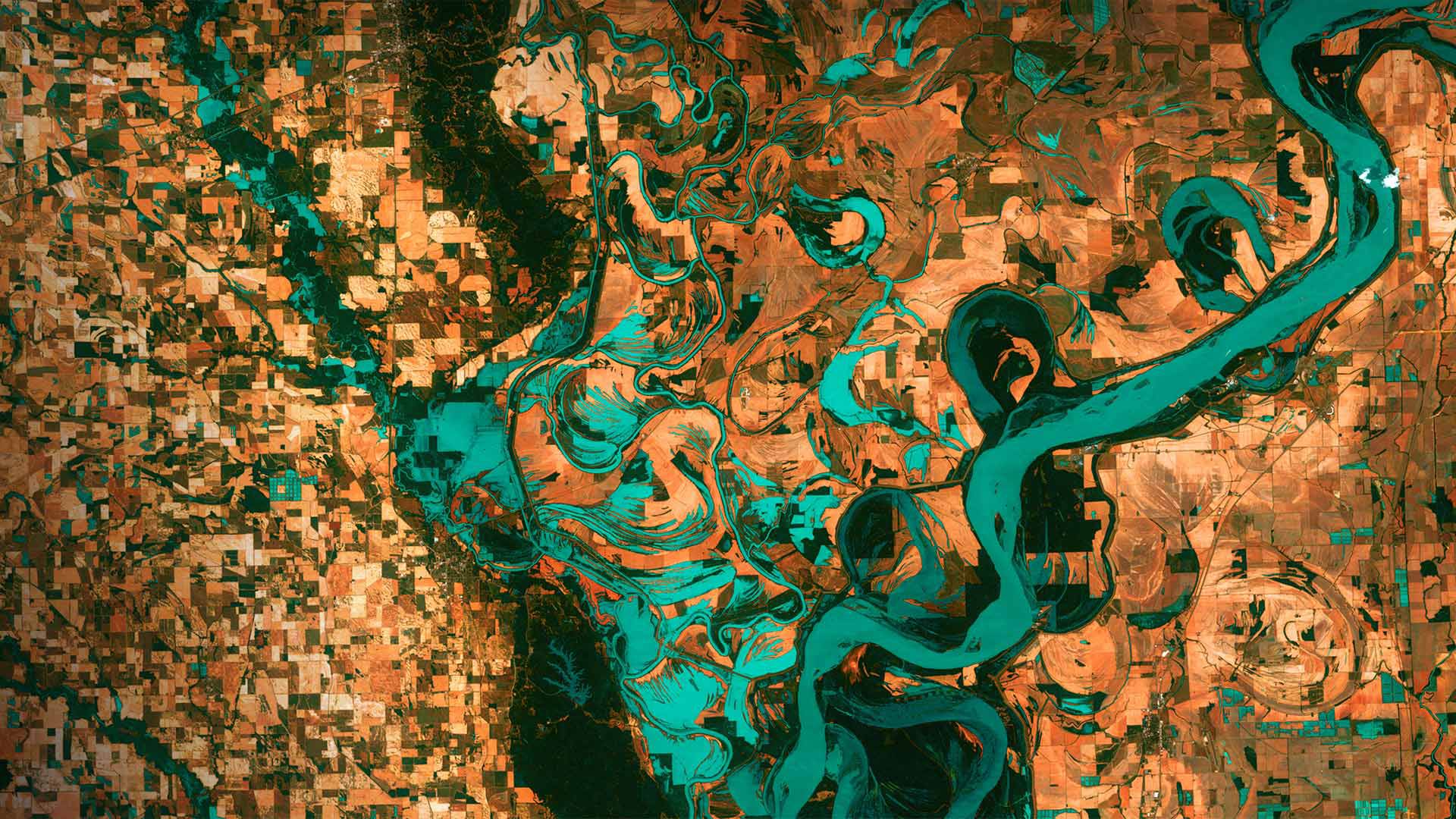Weather forecasting has become an essential part of our daily lives. Whether we’re planning a weekend getaway or deciding what to wear to work, we rely on meteorologists to provide us with accurate predictions about the weather. But how do meteorologists make these forecasts and how accurate are they?
Meteorologists use a variety of tools and techniques to make their predictions. They gather data from satellites, radar systems, weather balloons, and ground stations to track weather patterns and analyze atmospheric conditions. They also use computer models to simulate the behavior of the atmosphere and make projections about future weather events.
Despite these advanced tools and techniques, weather forecasting is not an exact science. The atmosphere is a complex and dynamic system, and small changes in temperature, humidity, and air pressure can have a big impact on the weather. This makes it difficult to make precise predictions, especially for events that are several days in the future.
Despite these challenges, meteorologists have made significant improvements in the accuracy of their forecasts in recent years. Thanks to advances in technology and a better understanding of the atmosphere, today’s weather predictions are more reliable than ever before. In fact, the accuracy of weather forecasts has improved significantly over the past few decades, with forecasts for events such as hurricanes, tornadoes, and winter storms becoming increasingly accurate.
One of the key reasons for this improvement is the use of computer models to simulate the behavior of the atmosphere. These models take into account a wide range of factors, such as temperature, wind speed, humidity, and air pressure, to make predictions about future weather events. As the technology used to develop these models has advanced, so too has their accuracy, allowing meteorologists to make more reliable forecasts.
Another factor that has contributed to the improvement in weather forecasts is the use of ensemble forecasting. This approach involves running multiple computer models with slightly different initial conditions to generate a range of possible outcomes. By examining the range of results produced by these models, meteorologists can make more informed predictions about the likelihood of different weather events.
Despite these advancements, it’s important to remember that weather forecasting is not an exact science. While meteorologists can make educated guesses about the weather, there will always be a degree of uncertainty in their predictions. This is why it’s important to use weather forecasts as a guide rather than a definitive answer, especially when planning for events that are several days in the future.
In conclusion, the accuracy of weather forecasts has improved significantly in recent years thanks to advances in technology and a better understanding of the atmosphere. While meteorologists can make informed predictions about the weather, there will always be a degree of uncertainty in their forecasts. As such, it’s important to use weather forecasts as a guide and to be prepared for unexpected changes in the weather.







